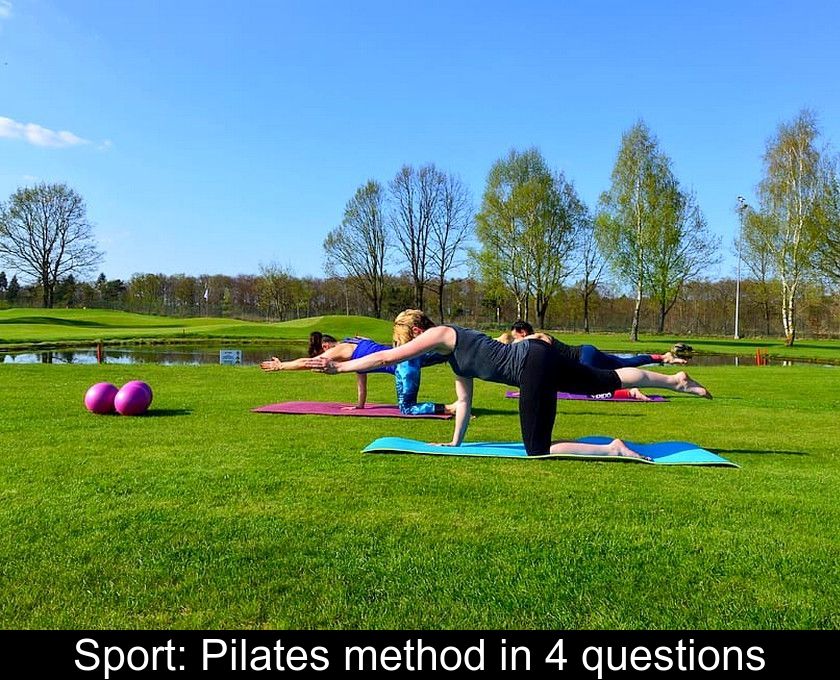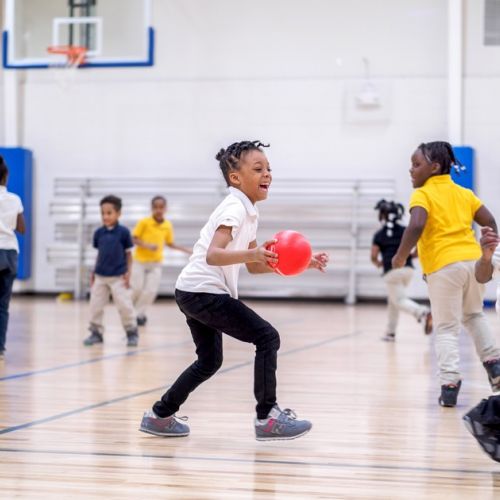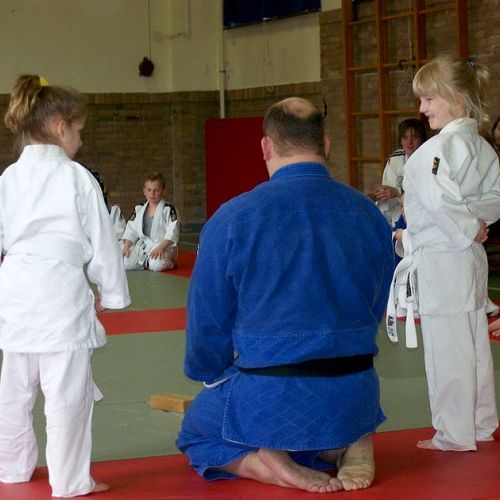Sport: Pilates Method In 4 Questions
With 800 Pilates centers worldwide, including 500 in the United States alone, the Pilates method is a resounding success. This discipline, which engages the deep muscles, is a complete, effective, and accessible sport. Here's everything you need to know about this method in 4 questions.
1- Who invented the Pilates method?
The Pilates method takes its name from its creator, Joseph Pilates, born in Germany in 1880.
The inventor of this method practiced sports, including weightlifting, from the age of 14 to strengthen his weak constitution and health. He gained a deep understanding of human anatomy from this practice. His dedicated sports practice made him a accomplished athlete. He worked as a boxer, self-defense instructor, and acrobat in a circus.
During World War I, German Joseph Pilates was imprisoned in an internment camp in the United Kingdom. It was in the confinement of his prison that he began to develop a method of ground gymnastics requiring few resources.
He also tested the exercises he invented on his fellow inmates, and the prisoners who followed this physical conditioning resisted a flu epidemic, which launched the fame of this method.
Joseph Pilates was later able to refine his method by working as a nurse during the war. He used it to prevent muscle wasting in injured and immobilized soldiers.
In the early 1920s, he emigrated to the United States where he opened his first fitness center in 1926. From the 1980s onwards, his method became a resounding success and began to be used as a rehabilitation method by the Sports Medicine Center at the Saint Francis Memorial Hospital in San Francisco.
2- What are the basic principles of the Pilates method?
Thanks to various exercises, the Pilates method aims to balance the musculature by activating weak muscles and releasing overly tense muscles. It allows for a heightened awareness of the body and how the muscles function, which students learn to work in isolation.
Breathing is also engaged in the execution of all movements. It plays a fundamental role in this method, just like posture and body alignment. The exercises specifically target the abdomen, glutes, and pelvis.
The method includes over 500 exercises that can be performed on the floor, optionally with specially designed Pilates equipment such as the ball, Pilates ring, or foam roller.
3- What are the benefits of the Pilates method?
Pilates improves strength, flexibility, coordination, and posture. It can be practiced as a complete sport or as a complementary activity to another sport or for rehabilitation purposes.
This practice is particularly effective in correcting postural problems. As it tones the abdominal muscles, it relieves back pain, especially lower back pain. It also helps to release muscle tension and therefore reduce stress.
This method, beneficial at any age, is particularly suitable for seniors as it allows them to gently strengthen their muscles while improving their overall posture, balance, and well-being.
4- Who is the Pilates method for?
Everyone can benefit from the benefits of Pilates, including sedentary individuals who wish to get back in shape. This gentle yet demanding exercise is a good way to regain fitness at any age, after an illness or childbirth.
There are no contraindications for back pain or age, as Joseph Pilates himself continued to practice his exercises after the age of 80!
This method adapts to all pathologies and morphologies. The main contraindications concern individuals suffering from severe osteoporosis or serious back problems.









